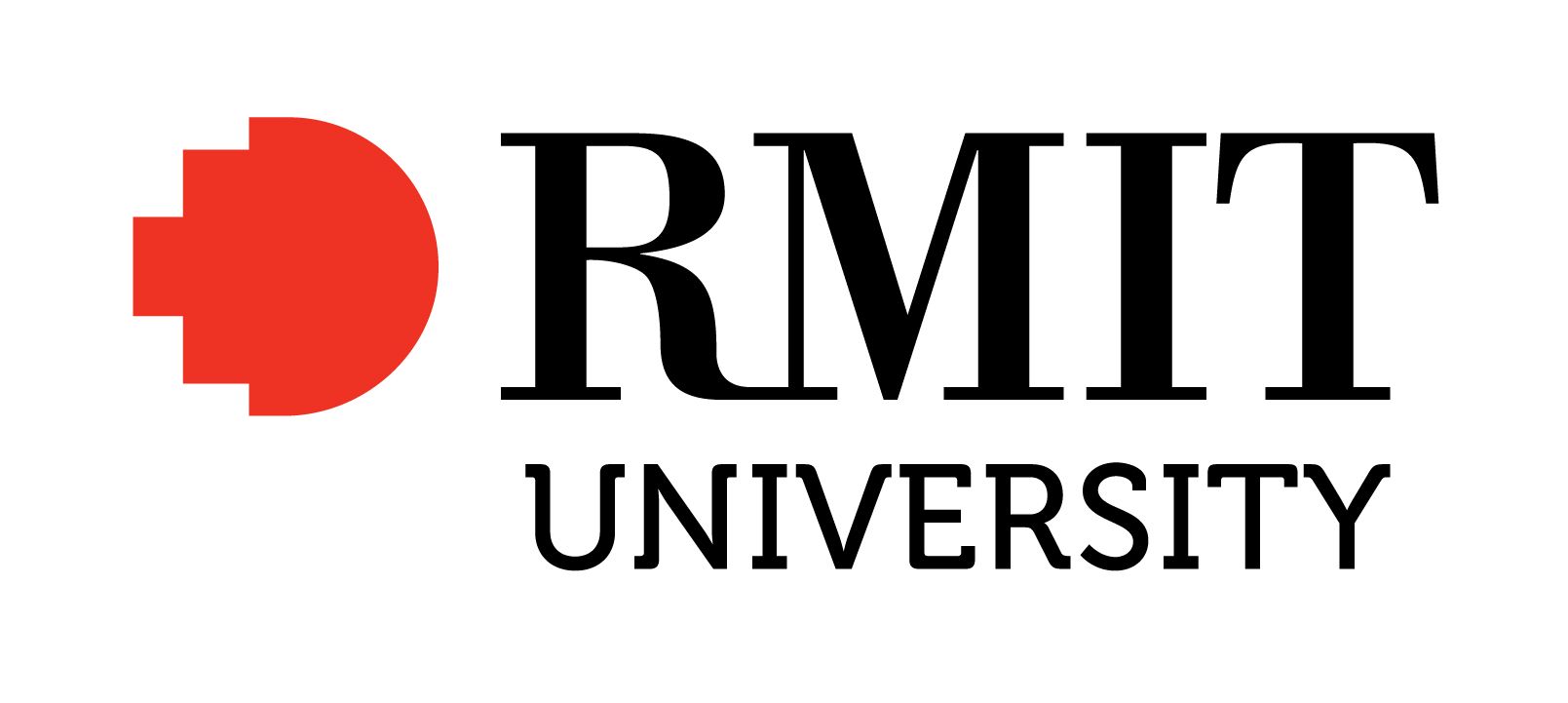Full description
Large collection of ephemera, including posters, postcards, invitations, newsletters, photographs, including slides, tapes, videos, magazines, business correspondence documenting the activities of the Fashion Design Council. The Fashion Design Council (FDC) was a membership organisation that was established in 1983 to support avant-garde fashion and emerging designers. It sprang from the initiative of a collective known as Party Architecture (established by Jillian Burt and Julie Purvis) who staged Fashion ’82 and Fashion ’83 at the Seaview Ballroom. The Fashion Design Council was founded by Robert Buckingham (1959- ), Kate Durham (1957- ) and Robert Pearce (1949-1989). The FDC was launched at a fashion party at the Hardware Club in Little Collins Street, Melbourne in February 1984. It staged its first parade Fashion ’84 ‘Heroic Fashion’ in November 1984 at The Venue in St. Kilda. The inaugural parade combined fashion, dance, music and performance, and included 30 designers and over 100 models. Each year the annual parades became more ambitious and drew larger audiences. In 1987 the Parade was staged in the 3000-seat Palais Theatre in St. Kilda. The following year the ‘Rabble Rowsers’ show attracted a Nestlé sponsorship and was staged at the Melbourne Town Hall, and then in Sydney. By 1989 the FDC’s parade had moved to the Rod Laver Arena, in Melbourne’s Tennis Centre, which had a seating capacity of 15,000 and was also staged in Sydney. The FDC Shop opened at 234 Collins Street in 1989. Alasdair Duncan Mackinnon, a menswear designer, ran and managed the store, which operated as a retail outlet and gallery. The FDC store and Council ceased operation in 1993. The collection is arranged chronologically and is listed and housed by material. There are 45 boxes of materials. A detailed inventory is available. Magazines (1979–1990) – Posters (1984-1992) – Ephemera (1983-1992) – AV material (1983-1992)– Photographs and Slides (1983-1989) – Documents and Correspondence (1983-1990).
Data time period: 1982 to 1993
User Contributed Tags
Login to tag this record with meaningful keywords to make it easier to discover
- Local : d5be11456ab2aca86d1bac0413cea238


